Home>Garden Essentials>How To Make DIY Vertical Garden
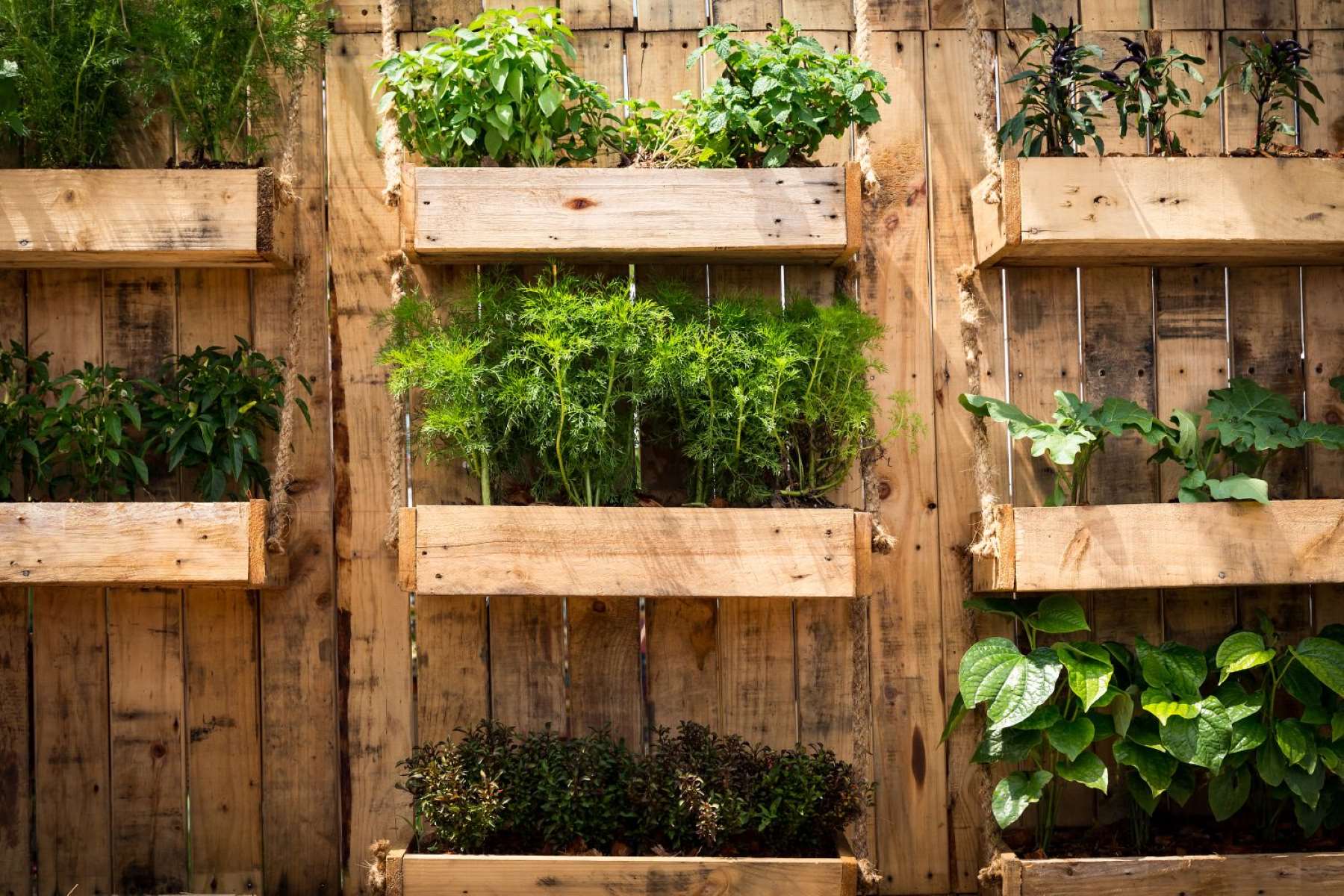

Garden Essentials
How To Make DIY Vertical Garden
Modified: March 15, 2024
Learn how to create your own DIY vertical garden and transform your outdoor space into a thriving garden oasis. Discover creative gardening techniques and ideas to enhance your garden's beauty and productivity.
(Many of the links in this article redirect to a specific reviewed product. Your purchase of these products through affiliate links helps to generate commission for Storables.com, at no extra cost. Learn more)
Introduction
Welcome to the world of DIY vertical gardens! If you’re a garden enthusiast looking to maximize your space and add a touch of green to your surroundings, then a vertical garden is the perfect solution for you. Vertical gardening is not only a great way to grow plants in small spaces, but it also adds a unique and eye-catching element to any indoor or outdoor area.
In this article, we will dive into the exciting world of DIY vertical gardens and explore the steps involved in creating one. Whether you’re a seasoned gardener or just starting out, this guide will provide you with all the information you need to design, build, and maintain your own vertical garden.
Before we begin, it’s important to note that the success of your vertical garden depends on proper planning and execution. By following the steps outlined in this article, you will be able to create a beautiful and thriving vertical garden that will be the envy of all your friends and neighbors.
So let’s get started on this green journey and learn how to make your very own DIY vertical garden!
Key Takeaways:
- Create a stunning DIY vertical garden by choosing the right location, plants, and structure. Enjoy the process and watch your green oasis thrive in small spaces!
- Keep your vertical garden flourishing with proper watering, maintenance, and care. Embrace creativity and enjoy the beauty of your unique green sanctuary!
Read more: How To Make A Vertical Garden
Materials Needed
Before you start building your DIY vertical garden, it’s essential to gather all the necessary materials. Here’s a list of items you’ll need:
- Containers or Pots: These will be used to hold the plants. You can use various types of containers, such as plastic pots, ceramic pots, or even repurpose old buckets or bottles.
- Vertical Structure: You’ll need a framework to support your plants vertically. This can be a trellis, a wooden pallet, hanging baskets, or even a repurposed ladder. Get creative and find a structure that fits your space and aesthetic.
- Plants: Select a variety of plants that work well in vertical gardens. Choose plants based on your lighting conditions and personal preferences. Consider using a mix of foliage plants, flowering plants, and herbs for a diverse and visually appealing garden.
- Soil or Growing Medium: Use a high-quality potting soil or a specialized growing medium suitable for vertical gardens. Make sure it has good drainage and provides the necessary nutrients for your plants to thrive.
- Irrigation System: Depending on the size of your vertical garden, you may need an irrigation system to ensure your plants receive adequate water. This can be as simple as a drip irrigation system or hand-watering with a hose or watering can.
- Supporting Materials: You may require additional materials such as screws, hooks, wire, or zip ties to secure the containers and the vertical structure in place.
Having these materials on hand will enable you to proceed smoothly through the steps of creating your DIY vertical garden without any hiccups.
Step 1: Selecting the Location
The first step in creating your DIY vertical garden is to carefully choose the location where you’ll place it. Consider the following factors when selecting your garden spot:
- Sunlight: Most plants require adequate sunlight to thrive. Choose a location that receives at least 6-8 hours of direct sunlight per day. If you have limited sunlight in your space, opt for shade-tolerant plants that can thrive in partially shaded areas.
- Space Availability: Assess the available space for your vertical garden. Consider vertical surfaces such as walls, fences, or even balcony railings. If you have limited space, a hanging garden or a vertical planter can be perfect options.
- Accessibility: Ensure that the chosen location is easily accessible for maintenance tasks like watering, pruning, and harvesting. This will make it more convenient for you to care for your plants regularly.
- Weight Support: If you’re planning a larger vertical garden with heavy containers, ensure that the chosen surface can support the weight. For example, if attaching the structure to a wall, make sure it can handle the load securely.
Once you’ve assessed these factors, you’ll have a better idea of where your vertical garden should be located. Remember, the right location is crucial for the overall success and health of your plants.
Additionally, consider the aesthetics of the chosen location. Your vertical garden should enhance the beauty of your space. Whether indoors or outdoors, ensure that it complements the existing decor and adds a touch of greenery to the environment.
By strategically selecting the location, you’re setting a strong foundation for your DIY vertical garden. In the next step, we’ll delve into choosing the right plants to populate your garden.
Step 2: Choosing the Right Plants
Now that you have selected the location for your DIY vertical garden, it’s time to consider the plants that will thrive in this space. When choosing plants, keep the following factors in mind:
- Light Requirements: Different plants have different light requirements. Determine the amount of sunlight your chosen location receives and select plants that can thrive in those conditions. Some plants prefer full sun, while others can tolerate shade or partial shade.
- Watering Needs: Consider the availability of water and how often you can water your plants. Choose plants that have similar water requirements to make watering and maintenance more manageable.
- Size and Growth Habit: Take into account the mature size and growth habit of the plants. Ensure that the chosen plants won’t outgrow the available space and overwhelm your vertical garden. Look for compact or trailing plants that will stay in proportion to your structure.
- Climate Compatibility: Consider your local climate and select plants that can thrive in your region. Choose plants that are suitable for your specific hardiness zone and can withstand the temperatures and weather conditions in your area.
- Visual Appeal and Diversity: Aim for a mix of plants with various colors, textures, and foliage shapes. This will create an interesting and visually pleasing vertical garden. Consider using a combination of flowering plants, foliage plants, and herbs to add diversity to your garden.
Some plant options that work well in vertical gardens include succulents, ferns, herbs like mint, basil, or parsley, low-growing flowers such as pansies or petunias, and trailing plants like ivy or trailing vinca.
Remember to consider the maintenance requirements of the plants you choose. Ensure that you can provide the necessary care, including pruning, fertilizing, and pest control, to keep your vertical garden in healthy condition.
By selecting the right plants for your vertical garden, you’ll create a harmonious and thriving ecosystem. In the next step, we’ll explore how to build the vertical structure for your garden.
Step 3: Building the Vertical Structure
Once you have chosen the plants for your DIY vertical garden, it’s time to build the vertical structure that will support them. The structure serves as the backbone of your garden and provides a framework for the plants to grow and thrive. Here are some steps to guide you through the process:
- Select the Type of Structure: Choose the type of structure that aligns with your space and design preferences. It can be a trellis, a wooden pallet, a hanging basket system, or even a repurposed ladder. Consider the weight and size of the containers and ensure that the chosen structure will be sturdy enough to support them.
- Prepare the Structure: If required, clean or sand the structure to remove any rough edges or splinters. Apply a coat of paint or sealant if desired to protect it from weathering.
- Attach the Containers: Depending on the type of structure, you can attach the containers to it using screws, hooks, wire, or zip ties. Ensure the containers are securely fastened to prevent them from falling or shifting.
- Arrange the Containers: Arrange the containers on the structure in a way that allows for proper spacing between plants and easy access for maintenance. Consider the growth habits of the plants when positioning the containers.
Get creative with your vertical structure! You can paint it in vibrant colors or even add decorative elements like hanging lanterns or fairy lights to enhance its visual appeal.
Remember to leave enough space between the containers for the plants to grow and spread. As your vertical garden matures, the plants will fill in the empty spaces, creating a lush and beautiful display.
Building the vertical structure is an exciting step in the process of creating your DIY vertical garden. Once the structure is ready, you can move on to preparing the soil for planting, which we’ll explore in the next step.
When making a DIY vertical garden, make sure to choose plants that have similar sunlight and water requirements. This will help ensure that all the plants in your garden thrive and grow successfully.
Step 4: Preparing the Soil
Preparing the soil is a crucial step in setting up your DIY vertical garden. The right soil composition will provide the necessary nutrients and drainage for your plants to thrive. Follow these steps to prepare the soil:
- Choose the Right Soil: Select a high-quality potting soil or a specialized growing medium suitable for vertical gardens. These mixtures are specifically formulated to provide excellent drainage, aeration, and nutrient retention, which are essential for healthy plant growth.
- Add Organic Matter: Enhance the soil’s fertility by adding organic matter such as compost or well-rotted manure. This will enrich the soil, improve its structure, and provide additional nutrients for your plants.
- Check Soil Moisture: Before planting, ensure that the soil is moist but not waterlogged. If the soil feels too dry, water it thoroughly a day or two before planting to ensure optimal growing conditions for your plants.
When filling the containers with soil, leave some space at the top to accommodate watering and prevent overflow when irrigating your vertical garden. This will also allow room for mulching later on.
Remember to use gloves while handling soil to protect your hands and minimize the risk of contamination. It’s also a good idea to work in a well-ventilated area to avoid inhaling dust or particles from the soil.
Properly preparing the soil will provide a healthy foundation for your plants and help them establish strong root systems. Next, we’ll move on to the exciting part: planting your vertical garden!
Step 5: Planting the Garden
Now that you have prepared the soil, it’s time to bring your DIY vertical garden to life by planting your chosen plants. Follow these steps to ensure successful planting:
- Start at the Bottom: Begin planting at the bottom of your vertical garden and work your way up. This will allow you to position taller plants towards the top where they won’t shade out smaller plants.
- Space Out the Plants: Make sure to provide enough space between each plant to allow for growth and prevent overcrowding. Refer to the plant’s care instructions for recommended spacing guidelines.
- Insert the Plants: Gently remove the plants from their containers and create a hole in the soil. Place the plant’s root ball into the hole and cover it with soil, gently firming it around the base of the plant to ensure good contact.
- Maintain Consistent Watering: After planting, water the garden thoroughly to settle the soil around the roots. Avoid overwatering or creating waterlogged conditions, as this can lead to root rot. Regularly monitor the moisture levels and water as needed.
- Add Mulch: Apply a layer of organic mulch, such as wood chips or straw, to the top of the soil. Mulching helps retain moisture, suppresses weed growth, and regulates soil temperature. Leave a small gap around the base of each plant to prevent moisture-related issues.
Consider the aesthetic arrangement of your plants while planting. Mix different colors, heights, and textures to create a visually appealing display. Experiment with different plant combinations and arrangements to achieve the desired look.
It’s important to provide ongoing care and maintenance to your vertical garden. Regularly check for pests, trim or prune as needed, and ensure adequate water and nutrient supply. With proper care, your vertical garden will flourish and thrive, adding beauty and greenery to your space.
In the final step, we’ll cover some essential watering and maintenance tips to keep your vertical garden in tip-top shape.
Step 6: Watering and Maintenance Tips
Watering and maintenance are essential for the health and longevity of your DIY vertical garden. Follow these tips to ensure your plants thrive:
- Watering: Monitor the moisture levels of your vertical garden regularly. Aim to keep the soil consistently moist, but not waterlogged. Water the plants thoroughly, ensuring that water reaches the roots. Use a drip or trickle irrigation system, or hand-water with a watering can or hose, depending on the size and setup of your garden.
- Watering Frequency: The watering frequency will depend on various factors such as plant type, weather conditions, and the composition of your soil. As a general guideline, check the soil moisture by feeling it with your fingers before watering. If the top inch of soil feels dry, it’s time to water your plants.
- Fertilizing: Provide regular nourishment to your plants by fertilizing them. Use a slow-release balanced fertilizer or opt for organic alternatives. Follow the manufacturer’s instructions for application rates and frequency, and avoid over-fertilizing as it can lead to nutrient imbalances or burning the plants.
- Weeding: Keep an eye out for weeds and promptly remove them. Weeds compete with your plants for nutrients and can disrupt the growth of your vertical garden. Regularly inspect and gently pull out any unwanted plants or use mulch to suppress weed growth.
- Pruning and Trimming: As your plants grow, they may require occasional pruning and trimming. Remove dead or yellowing leaves and trim back any overgrown branches or vines. This will help maintain the shape and appearance of your vertical garden and promote healthy growth.
- Pest Control: Monitor your plants for any signs of pests or diseases. Inspect the leaves, stems, and soil regularly for pests like aphids, mealybugs, or spider mites. Use organic pest control methods or consider companion planting to deter pests naturally.
Regularly observe and assess the overall health of your vertical garden. Address any issues promptly to prevent them from spreading. By providing proper watering and maintenance, you’ll create an environment where your plants can thrive and flourish.
Congratulations! You have successfully created your DIY vertical garden and are now equipped with the knowledge to care for it. Enjoy the beauty of your flourishing green oasis and revel in the joy of nurturing your plants.
Concluding our guide, we hope that this article has inspired you to explore the world of vertical gardening and empowered you to create your own unique garden. Happy gardening!
Conclusion
Congratulations on completing your DIY vertical garden! By following the steps outlined in this guide, you have learned how to select the perfect location, choose suitable plants, build the vertical structure, prepare the soil, plant your garden, and maintain it with proper watering and care. Now, you can sit back and enjoy the lush beauty of your vertical garden.
A vertical garden not only maximizes space but also adds a touch of natural beauty to any indoor or outdoor area. It allows you to create a vibrant and thriving display of plants, even in small or limited spaces. Whether you’ve transformed a wall, fence, or balcony railing, your vertical garden is sure to be a conversation starter and a source of pride.
Remember to continue to nurture and monitor your garden regularly. Adjust the watering and fertilization as needed and stay vigilant against pests and diseases. By providing ongoing care and attention, your vertical garden will continue to bring joy and beauty to your surroundings for years to come.
Additionally, don’t be afraid to get creative and experiment with different plants, arrangements, and decorative elements. Your vertical garden is an expression of your personal style and can be customized to suit your aesthetic preferences. Have fun exploring new plants and design ideas to further enhance your garden’s visual appeal.
We hope that this comprehensive guide has inspired and empowered you to embark on your vertical gardening journey. Enjoy the process of watching your plants grow, bloom, and transform your space into a thriving oasis. As you continue to refine your gardening skills, feel free to share your experiences with fellow gardening enthusiasts and spread the joy of vertical gardening.
Happy gardening and may your DIY vertical garden bring you tranquility, beauty, and a deeper connection with nature!
Frequently Asked Questions about How To Make DIY Vertical Garden
Was this page helpful?
At Storables.com, we guarantee accurate and reliable information. Our content, validated by Expert Board Contributors, is crafted following stringent Editorial Policies. We're committed to providing you with well-researched, expert-backed insights for all your informational needs.
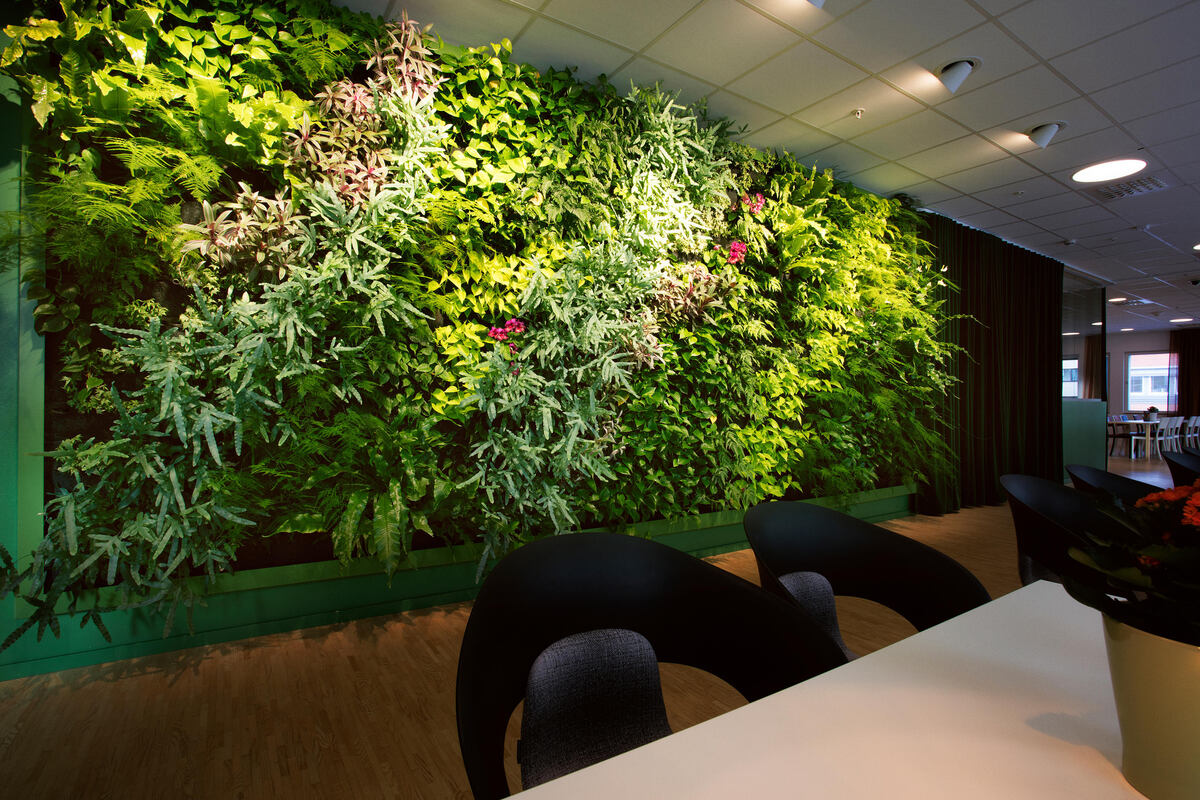
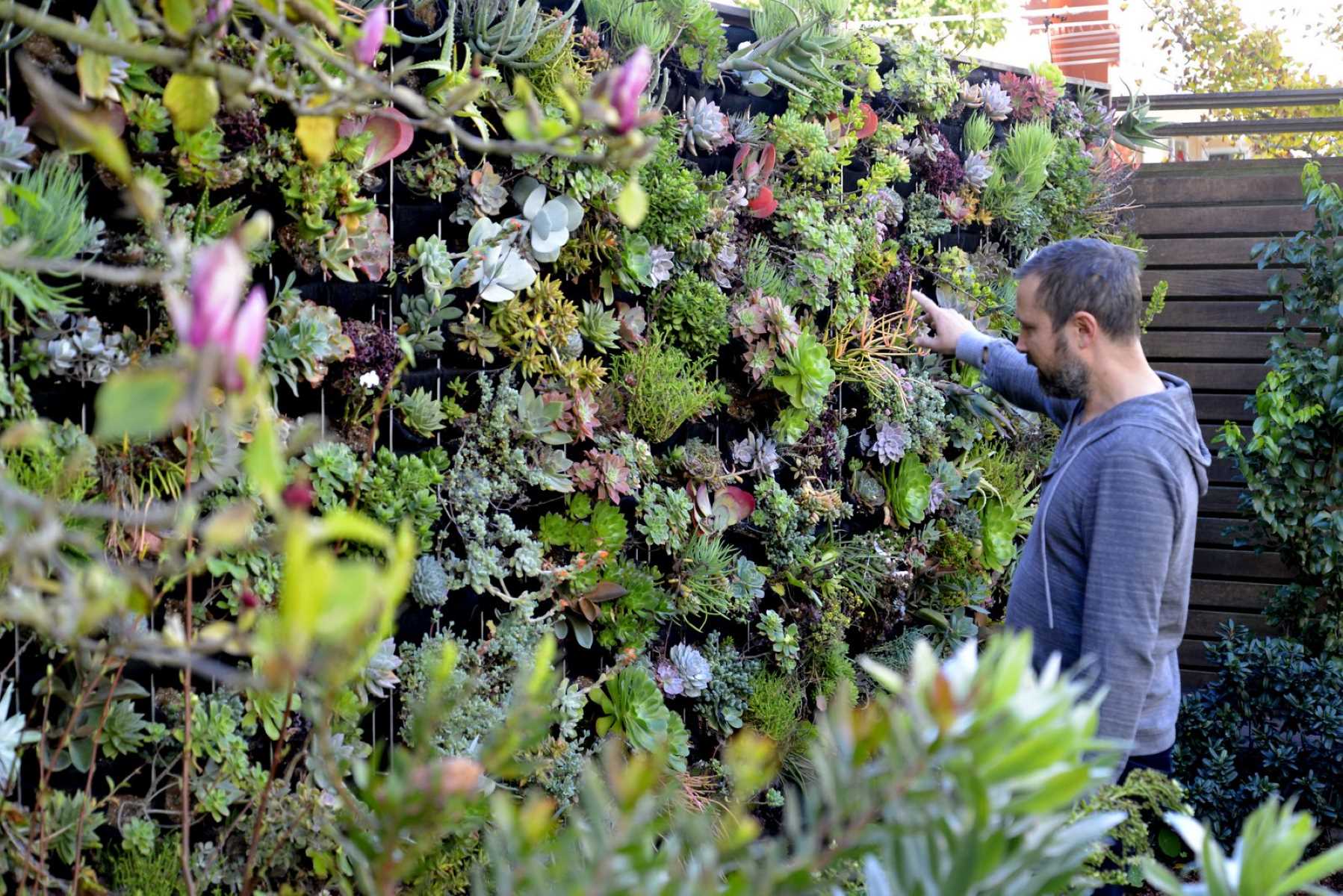
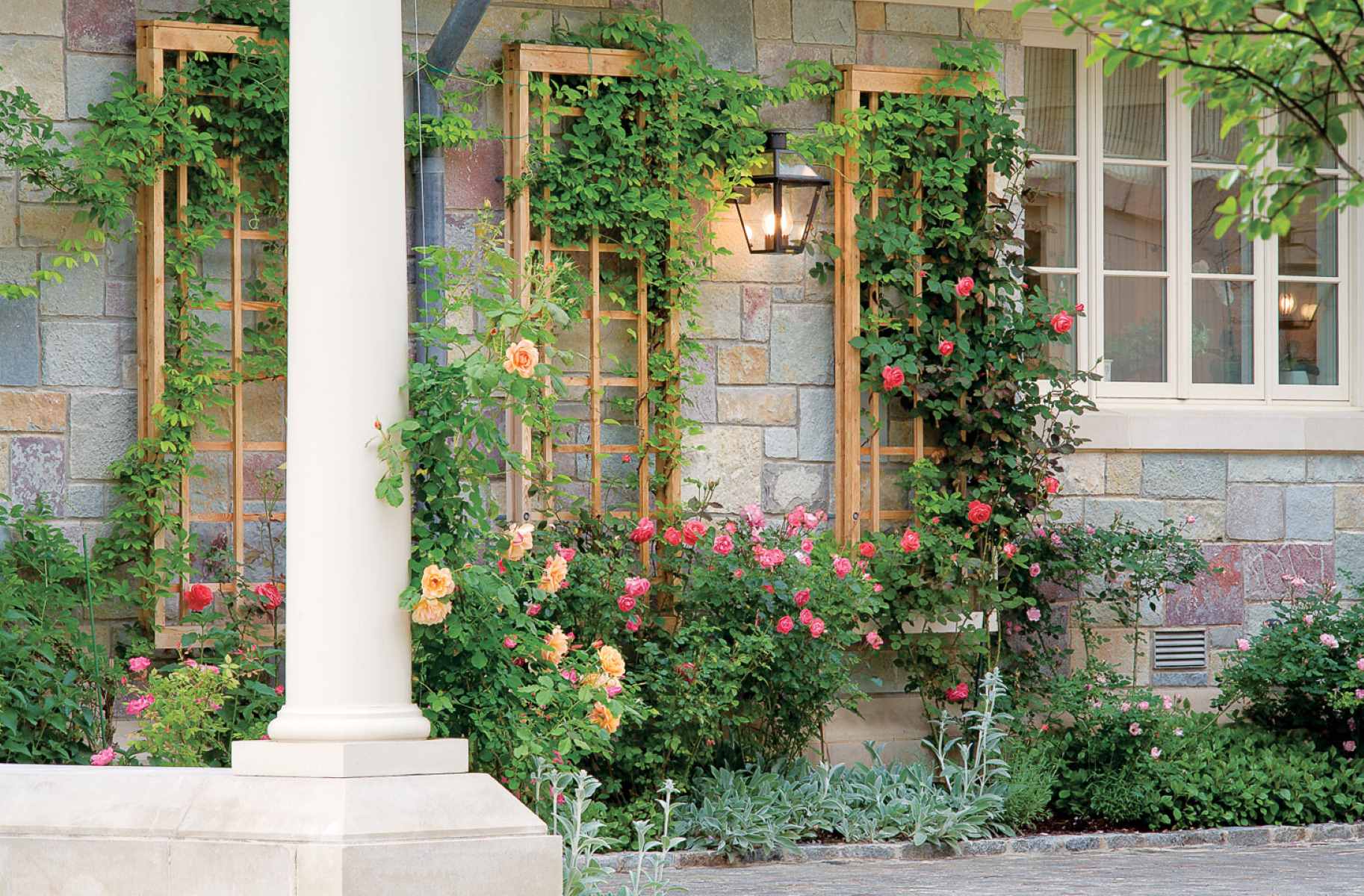

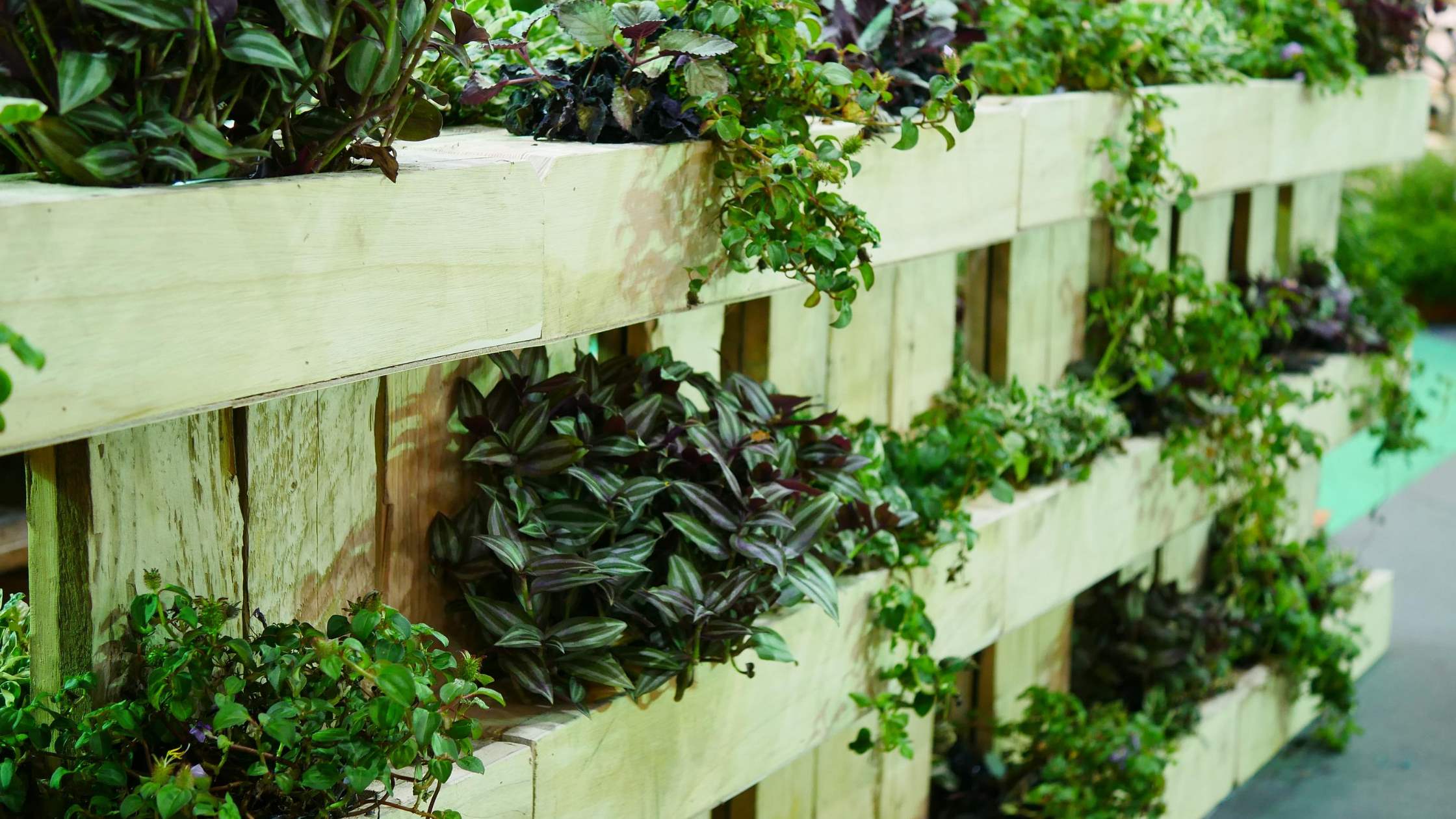
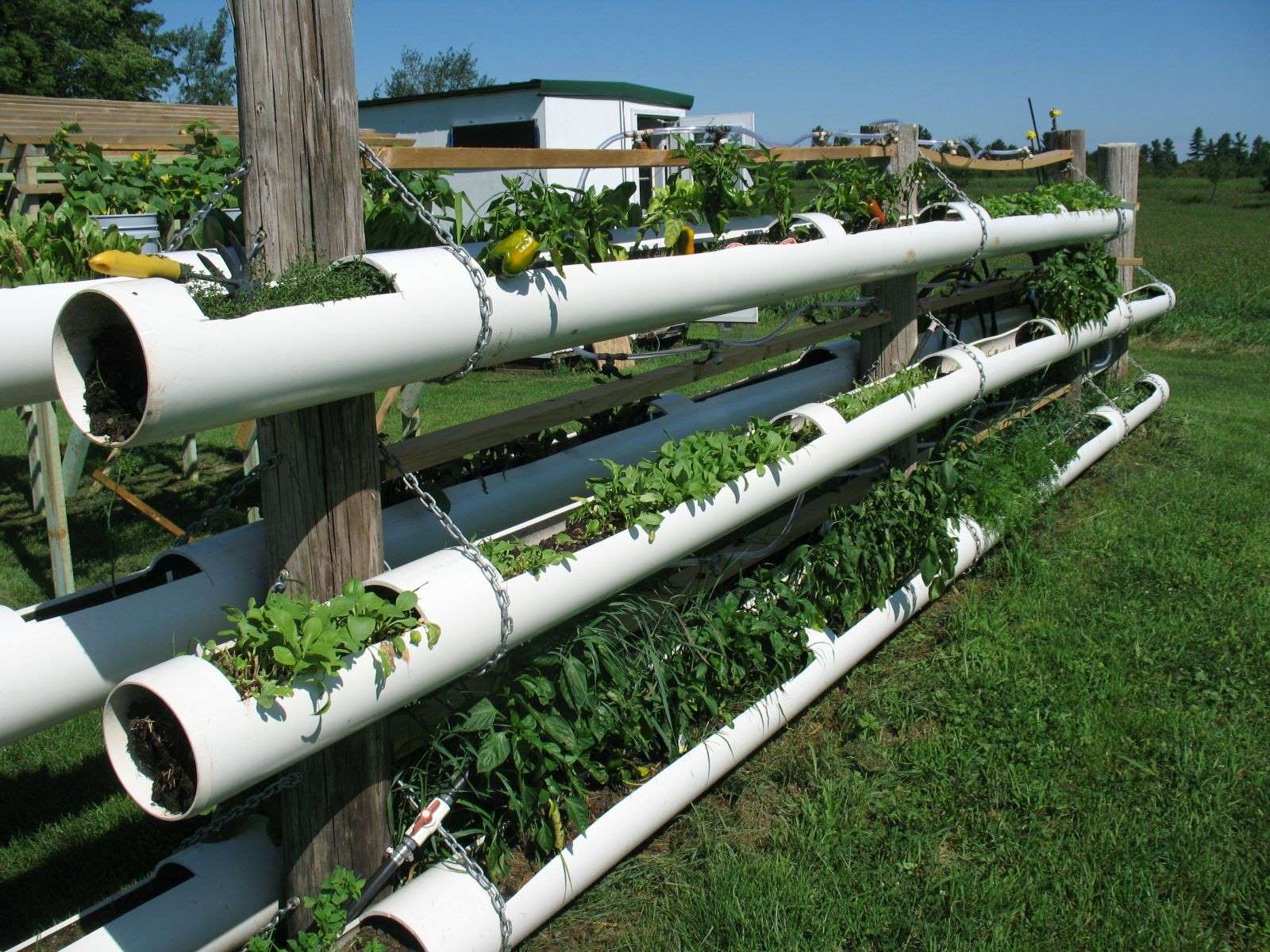
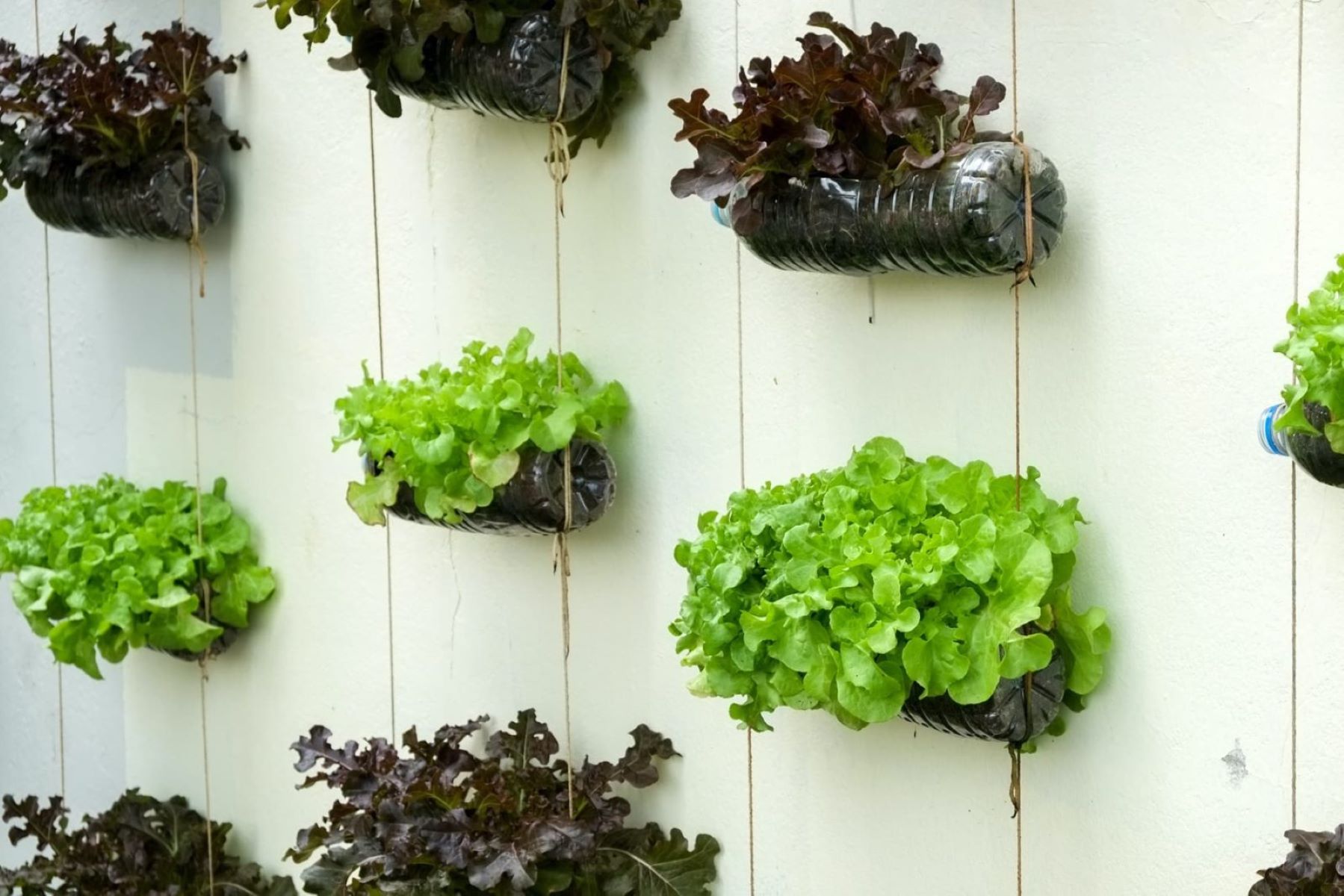
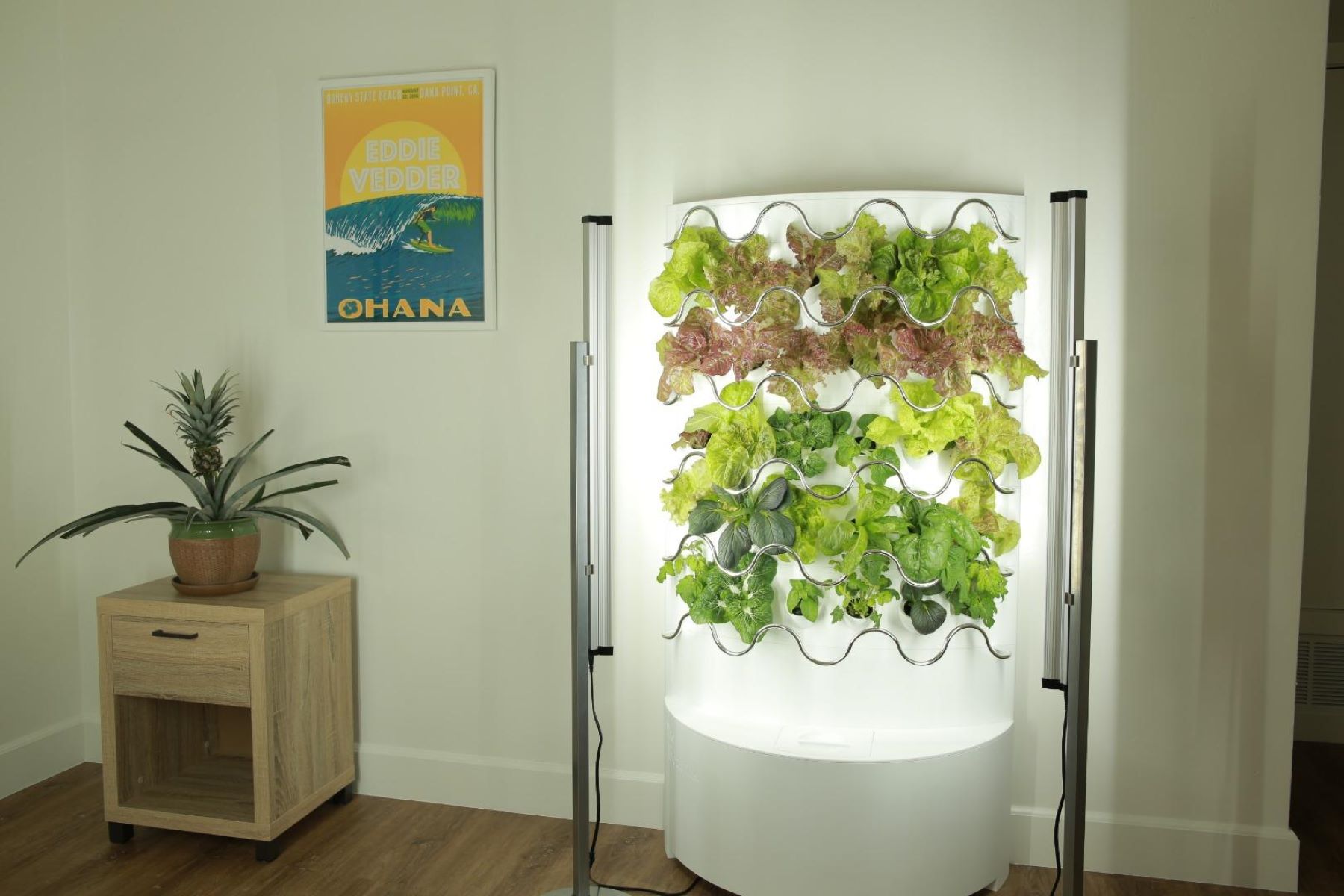
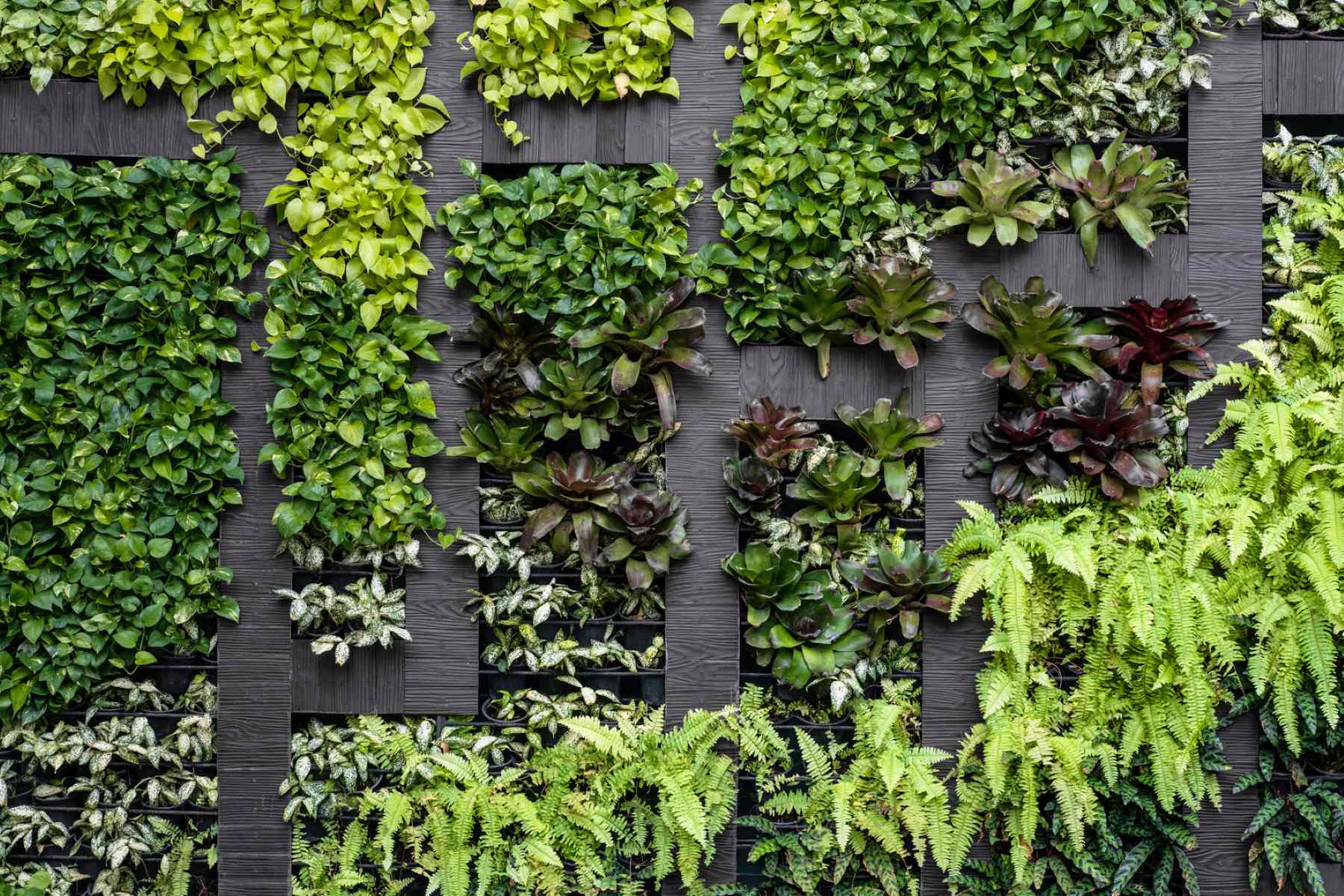

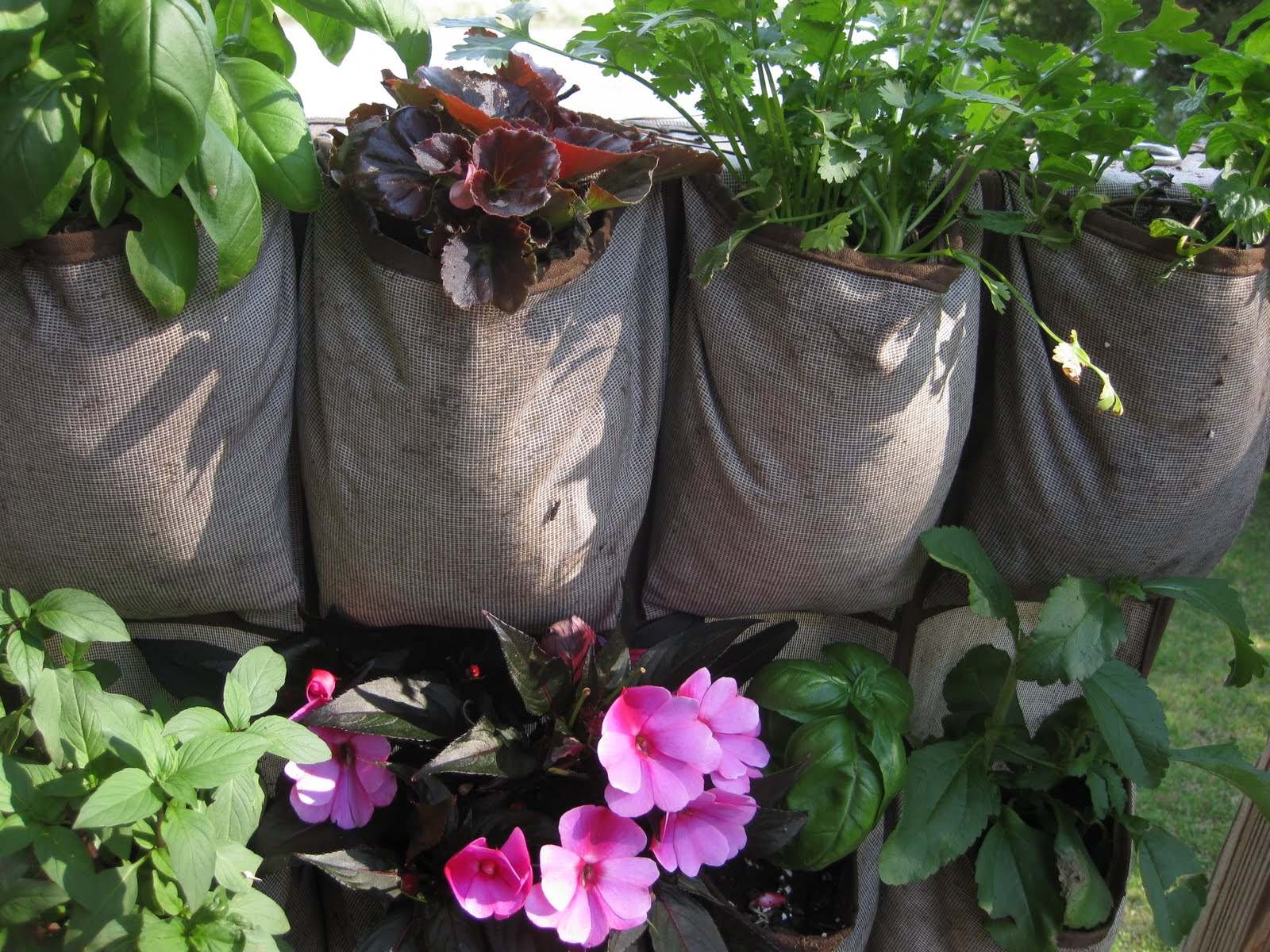
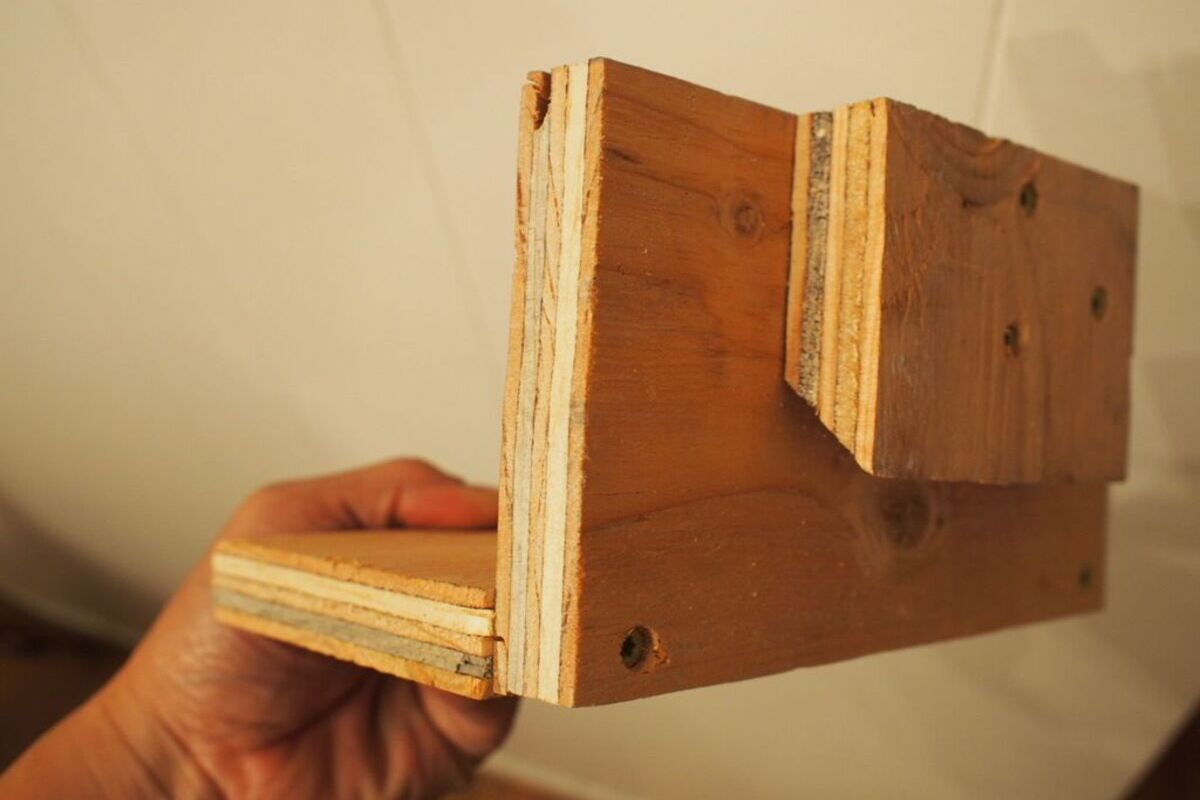
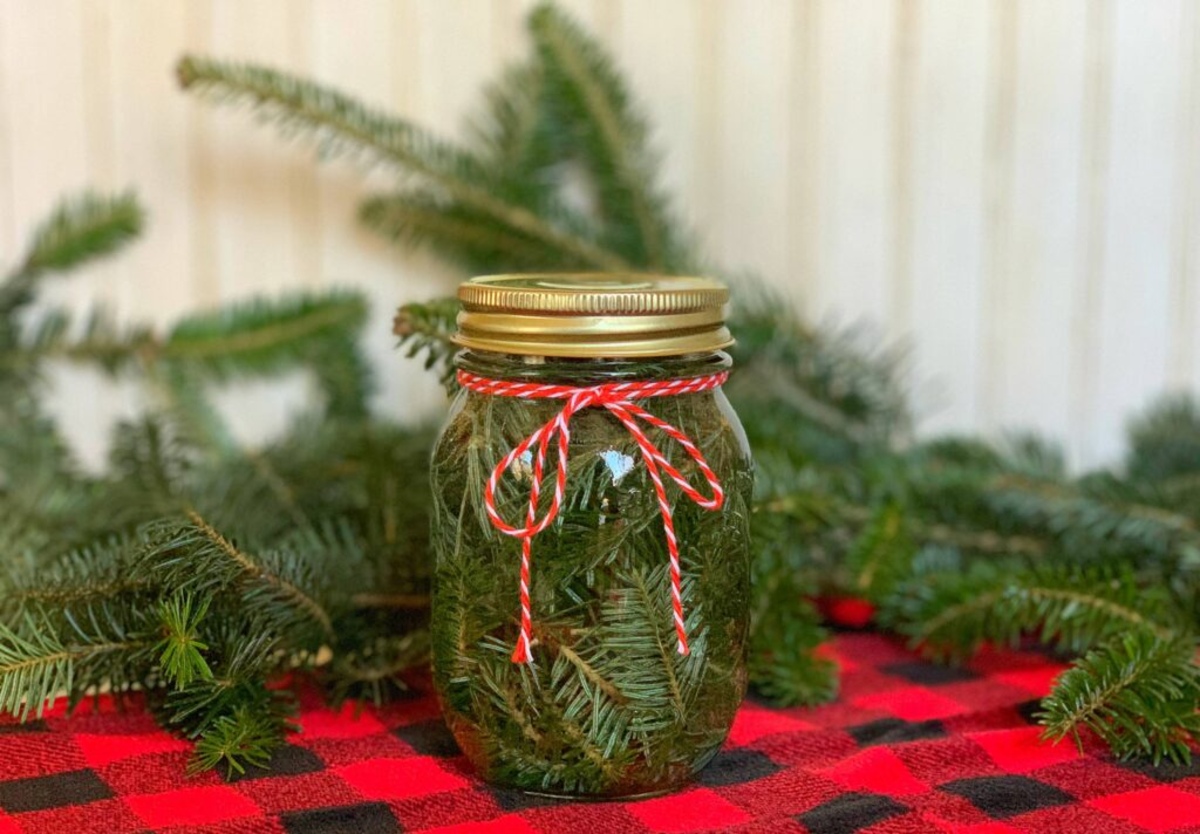
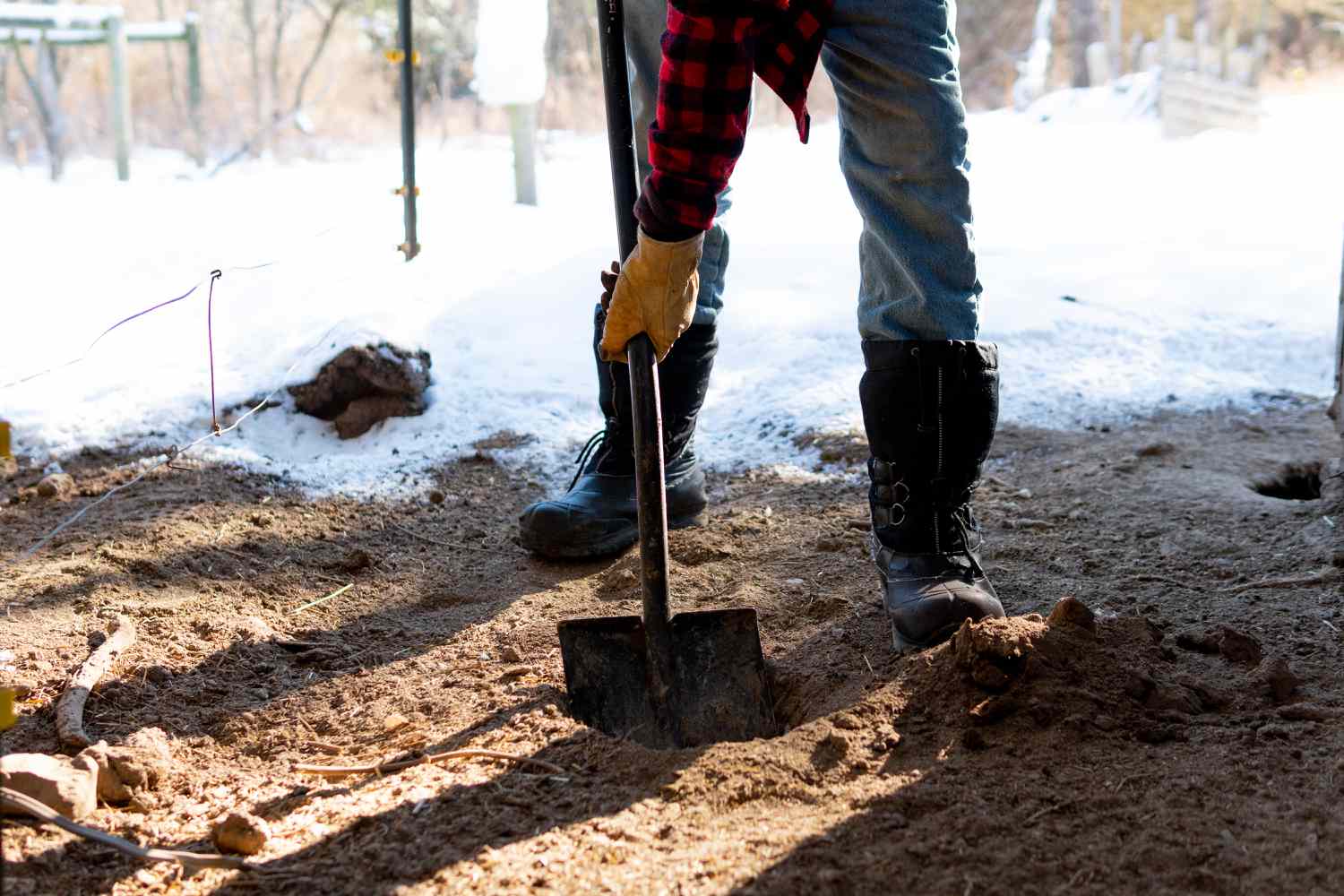

0 thoughts on “How To Make DIY Vertical Garden”